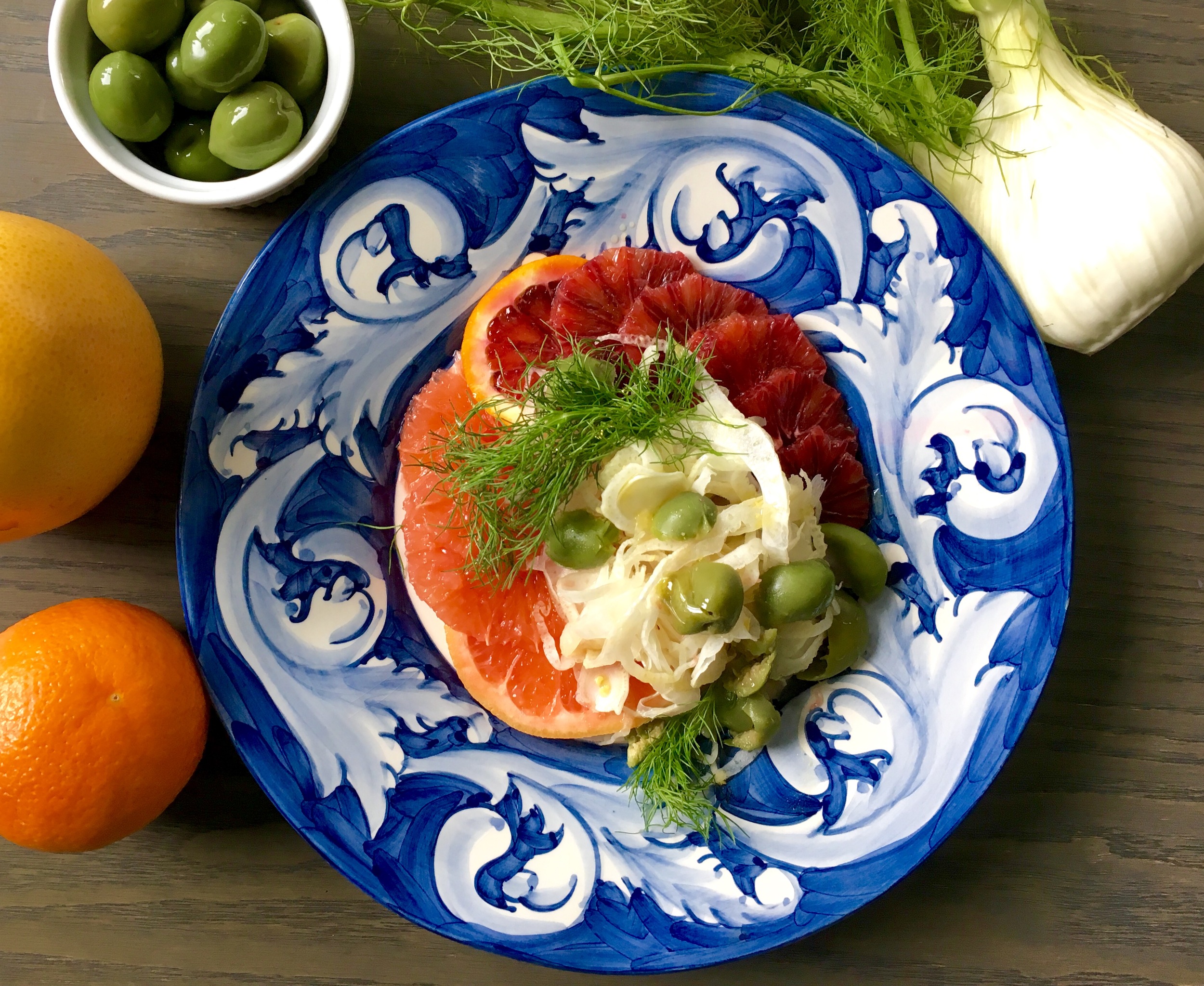QUICK BITE: Greek Salad
Greek salad: the term conjures up many things to many people. For some, it's a mainstay at U.S. Greek diners, usually pretty drab, or maybe huge with mediocre produce and too much over-salted supermarket feta cheese. But to others, it's a revelation, a composed salad, often lettuce-free, comprised of juicy, ripe tomatoes, thinly sliced red onions, slivers of crisp green pepper, and fresh cucumber slices, doused in delicious Greek olive oil and a splash of vinegar, topped with authentic sheep's milk feta cheese and dusted with fresh oregano. The really good ones include briny capers. These are the Greek salads of which I rhapsodize today.
In Greece, and particularly the islands of the Cyclades from which I write now, I often order these salads (or some version thereof) twice a day. When the tomatoes are grown in the rocky soil of Naxos or the volcanic soil of Santorini, their flavor is concentrated and they're unbelievably sweet, their thick skins pushed to bursting under the pressure of their turgid flesh.
The cucumbers are firm and heavy with water, their aromatic melon-musty goodness pairing with the bite of the red onion. And there is crisp vegetal tang of the green pepper, the salty feta from the milk of locally-roaming sheep and the capers that taste of the sea itself...
There's not much about a Greek salad that's complicated, but like most simple Mediterranean food, the dish is only as good as the quality of its components. Luckily for the Greeks (and all who eat there), farming still accounts for a nice chunk of the country's economy, and they're still growing things they've grown in this rich soil for millennia. The tomatoes we enjoyed in Koufonissi (at right), in the small Cyclades, came from the island of Naxos nearby, where a lot of farming for the surrounding smaller islands is done.
They were some of the best tomatoes I've had in recent memory -- which is saying a lot, coming from a Jersey girl who lived in Italy for nearly a decade! The local cheese in Koufonissi, which was often used in place of feta, is called mithizra, and it's fluffy and fresh, what you'd get if a tangy Greek feta and a creamy ricotta had a cheese baby! This was also used on a variation of a Greek salad with Cretan roots -- chopped tomatoes and red onions with the cheese and lots of capers served over hardened pieces of Cretan dark grain bread, moistened with a liberal dousing of local olive oil. It's topped off with plenty of dried oregano. And it's delicious. Again, simple with top-quality primary ingredients. It's the way that people in this corner of the world have been living long, healthy lives for thousands of years. And the gorgeous view doesn't hurt, either.








































































































































































